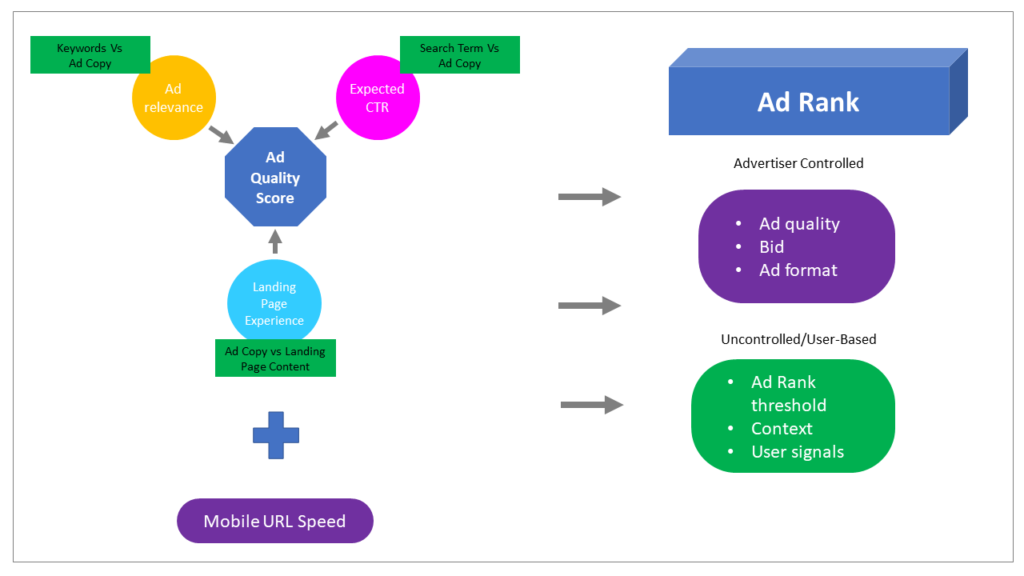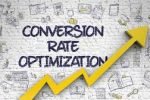Testing your product page layout is one of the most effective ways to boost conversions and improve the user experience. A well-structured product page helps retain visitors, builds trust, and ultimately increases sales. But how do you determine what works best? The answer lies in A/B testing—a process where you compare different layouts, CTAs, and elements to see which version drives more conversions.
Why Product Page Testing is Important
Your product page plays a critical role in the customer journey. If the layout is confusing, the call-to-action (CTA) isn’t noticeable, or the product details aren’t clear, visitors will leave without purchasing. Testing different elements ensures your page is fully optimized for higher conversions.
Key Elements to A/B Test
- Headlines & Product Descriptions – Your headline should be compelling and informative. Try different phrasing styles and see which engages users better.
- Product Images & Videos – High-quality images and videos create a stronger connection with potential buyers. Test different angles, lighting, and interactive zoom features.
- Call-to-Action (CTA) Placement – Your “Buy Now” or “Add to Cart” button should stand out. Test different colors, sizes, and locations to determine what works best.
- Pricing Display & Discounts – Showing discounts clearly, using psychological pricing (e.g., $19.99 instead of $20), or adding urgency such as “Only 3 left in stock!” can increase sales.
- Customer Reviews & Trust Signals – Highlighting positive reviews, testimonials, and secure payment badges builds customer confidence and improves conversion rates.
- Mobile Optimization – Ensure your product page layout looks perfect on all devices, especially mobile.

How to Conduct A/B Testing
- Select one element to test at a time.
- Use tools like Google Optimize, Hotjar, or Shopify’s built-in A/B testing apps.
- Run the test for at least two weeks to gather enough data.
- Analyze the results and implement the best-performing version.
The Role of Internal Links in SEO
Internal links improve SEO and help users navigate your site better. For more tips, check out our guide on Optimizing Shopify Product Pages for Better Sales and learn how to improve your store’s visibility.
Take Action Now!
A poorly optimized product page layout could be costing you sales! Start A/B testing today and make data-driven improvements to boost conversions. Need expert help? Our team at Social Media Max specializes in conversion rate optimization and Shopify SEO strategies. Contact us now at 0161 399 3517 or email Syed_66@hotmail.com to grow your business!

